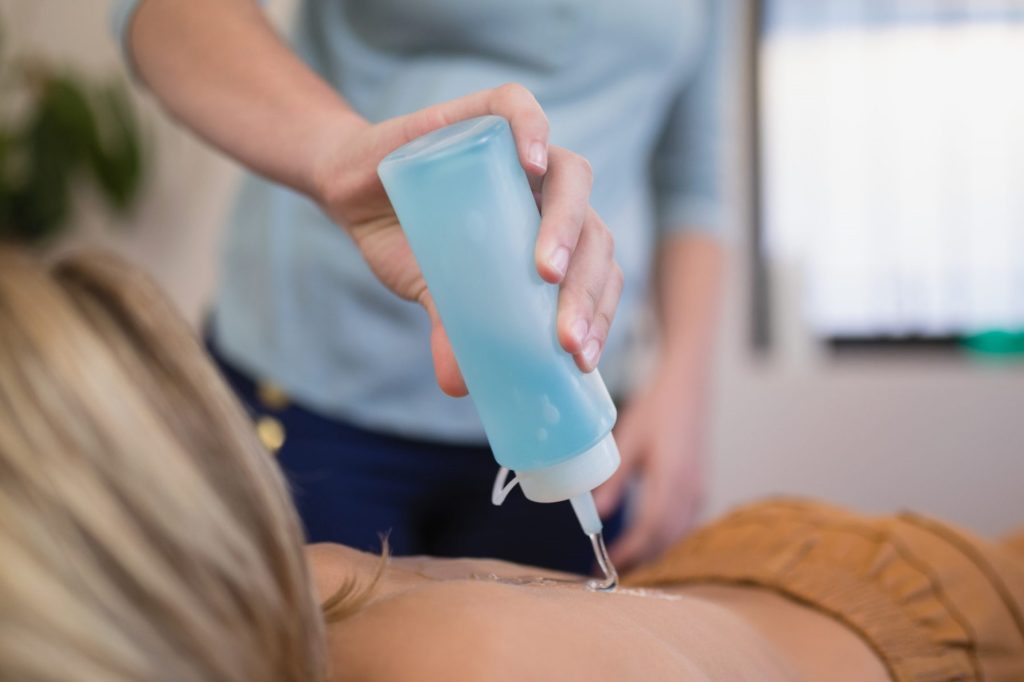
Ultrasound technology has revolutionized the field of medical imaging, allowing healthcare professionals to visualize internal structures in a non-invasive manner.
One essential component enables the smooth transmission of sound waves and improves the quality of ultrasound imaging. This important asset in any medical professional’s supplies is ultrasound gel.
This article aims to explore the purpose, composition, and significance of ultrasound gel in various medical procedures.
Why Use Gel at All? Why Not Water?
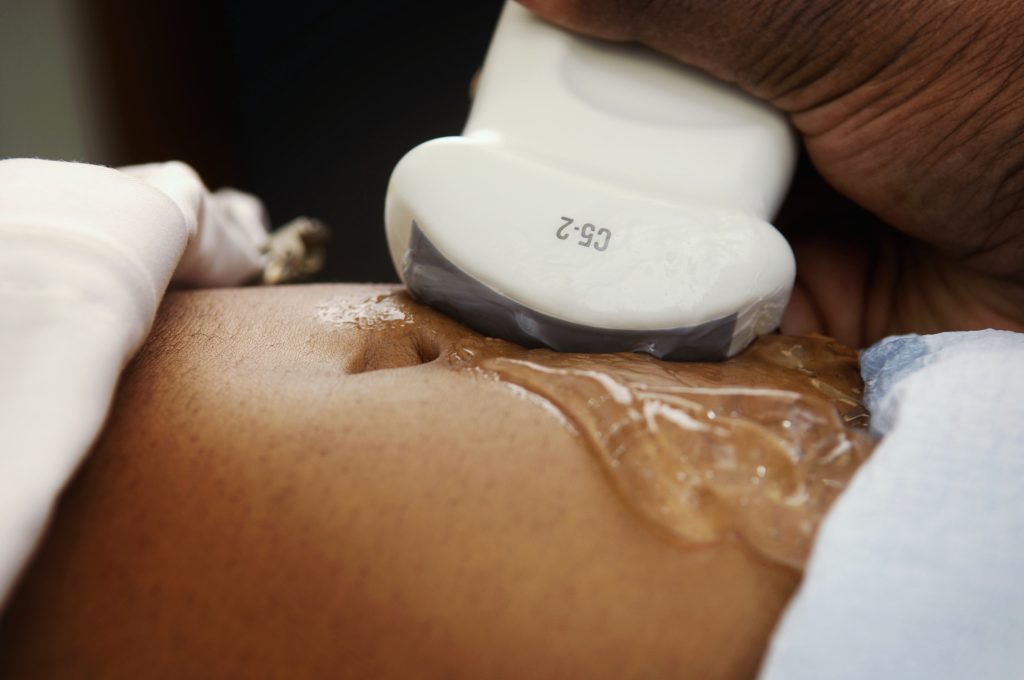
Ultrasound gel serves as a coupling medium that bridges the gap between the ultrasound transducer and the patient’s skin. The transducer is the part of the ultrasound machine which converts electricity into sound waves. Think of it as a mike and a speaker at the same time.
The ultrasound’s transducer creates a sound that we can’t hear (hence ultrasound). It also records the waves and the changes in those waves. Ultrasound is usually described as waves of sound, so like ways, they bounce against objects and reflect. So it’s like submarine sonar, which works on the same principle using sound waves but at much higher power levels.
It has to pass through miles of water, reach its target/underwater canyon and then reflect it. With the time it takes, the speed, and some math, we can deduce where the target is located.
In the case of ultrasound, with much lower frequencies, we need something like water. The water facilitates the transmission of sound waves from the transducer into the body and back. It ensures optimal contact and reduces air interference. This kind of medium would give us the clearest image since the ultrasound waves can’t pass as well through the air.
Our medium of choice tends to be gel since it similarly allows for waves to pass through and is somewhat stable. This ultrasound gel enhances the clarity and precision of the scanned images. In turn, it enables medical professionals to make accurate diagnoses, treatments, and medical decisions.
What’s in Ultrasound Gel? The Ingredients Breakdown and Reasons Behind Them
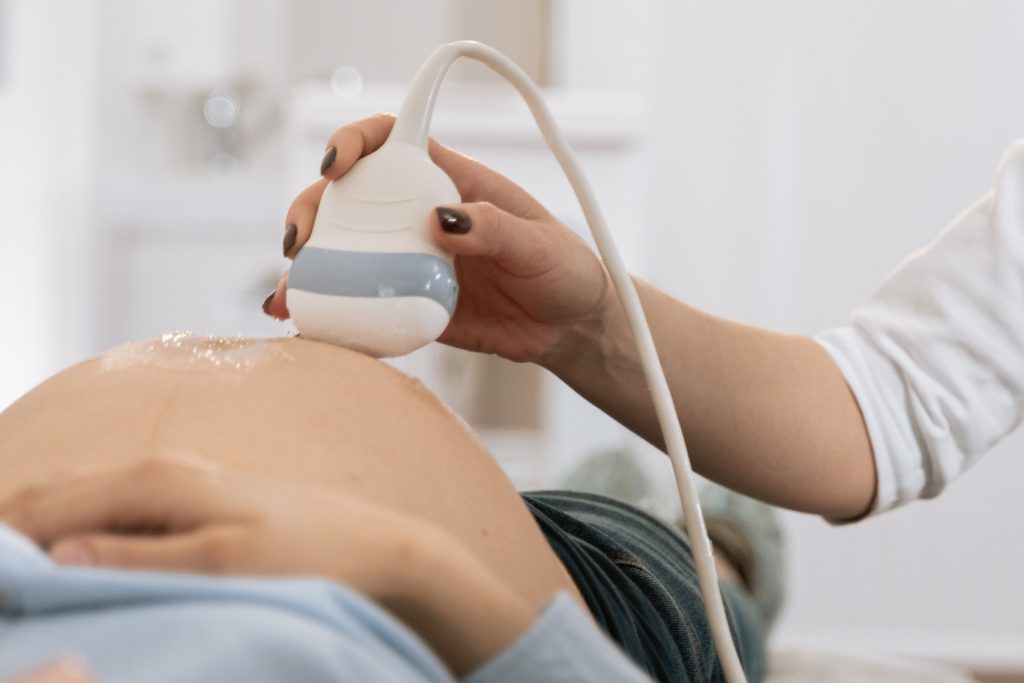
Well, now we know what we need. This certain something should have the conductive properties of water but needs to be stable enough to last on the skin. It should be easy to transport and also, has to be shelf stable, and most of all, safe. Hence why ultrasound gel mainly consists of water.
To improve its viscosity and shelf stability, and thus its clarity on the screens, additives are incorporated into the gel. These include gelling agents, humectants, preservatives, and pH stabilisers. The additives prevent it from drying out, keep it in good condition, and make it safe for the skin.
The composition of this gel is meant to strike a balance between all of those issues and also allow for easy application and minimal mess. Here we can learn more about the composition of ultrasound gel, and even how to make them.
Are There Different Types of Ultrasound Gels Available? Does Colour Matter?
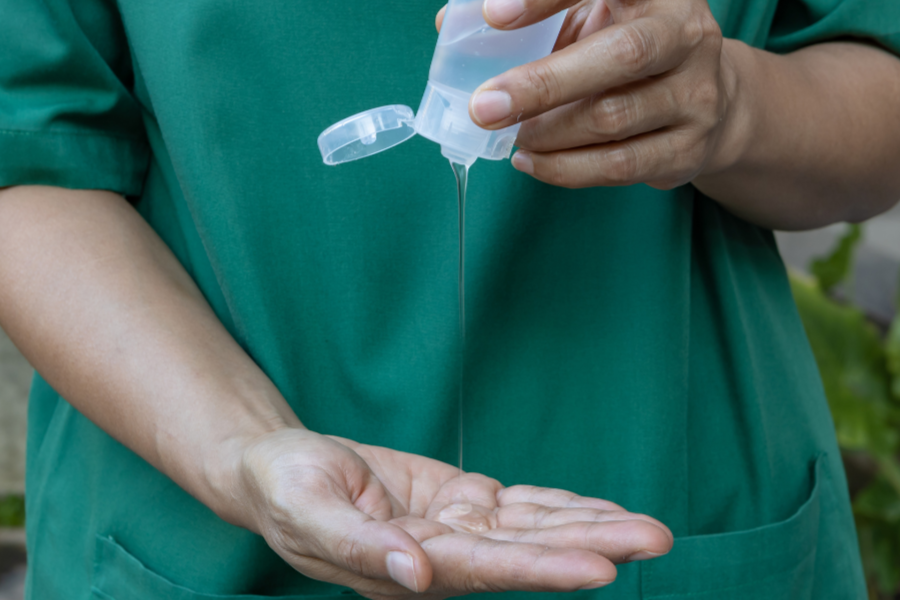
You might be surprised to know that ultrasound gel isn’t sterile, well, not all the time. But mostly, the ultrasound gel found at clinics won’t be sterile, unless they come from small packs. The ultrasound gel is very clean. It has to be, otherwise, you can’t get a crisp picture on the machine. But, it is available for some uses, and usually in small one-time-use pouches.
Another difference is colour. Since we tend to sell a lot of ultrasound gel, mostly to physiotherapists, I’ve seen green-coloured gel too. The most common ones are blue and clear gels. Is there a difference in quality between the coloured and clear ones? Not really.
The coloured gels could stain clothes temporarily, but that comes out in a wash. Then what’s the reason behind it? Honestly, it’s mostly there for the preferences of medical professionals and the specific procedure being performed.
Both blue/green and clear gels generally work the same and serve the same purpose. Although, some practitioners believe that the blue/green gel offers better visibility on certain types of ultrasound machines. Others, on the other hand, prefer the clear gel for its lack of stains.
Is It Safe? Should I Be Concerned?

It’s safe, but some people might be allergic to certain ingredients. Propylene glycol, for example, while meant to be hypoallergenic, could still cause allergies in a small subsection of the population. The same goes for ultrasound gels containing isothiazolinones.
Those are a class of preservatives used in cosmetic products, which could cause some allergic skin reactions in some people. However, rest assured that none of our ultrasound gel formulations that are sold on our website contains them. It is still always good practice for medical professionals to conduct a patch test if necessary. Be aware of any patient allergies before using the gel. Oh, and the light blue or green stains on clothes, if they’re in contact with the coloured gel.
Ultrasound Gel – How’s it Made
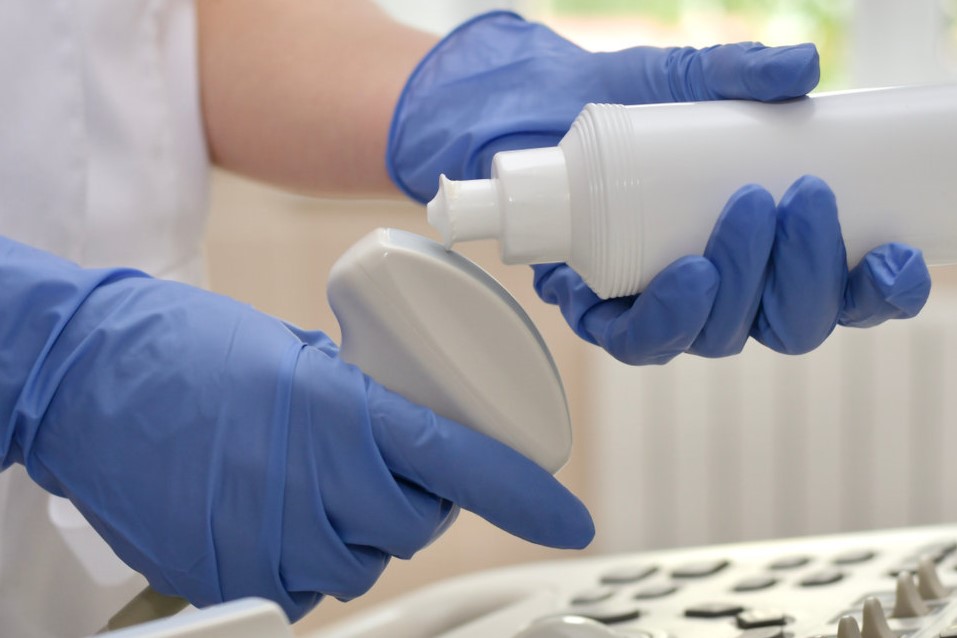
Since the primary ingredient is water, we need clean water. The first step of production begins with purification to eliminate impurities. And then the above additives such as glycerin or propylene glycol are carefully mixed to achieve the desired consistency.
At each step, both before and after adding the various other ingredients, the mixture undergoes thorough testing. These tests are for determining the pH level, shelf stability, conductive clarity, and other safety and quality standards. All of this is done before the gel is packaged and distributed for medical use.
If it needs to be sterilized, it would go through a sterilization process, such as gamma rays or ethylene oxide gas, before being packed and sealed into usually, smaller single-use pouches rather than the gallon jugs that are usually sold.
One fun thing about ultrasound gel is that it tends to have the same conductive capacity as water. Turns out that since the gel is mostly water, ultrasound gel tends to have the same density too. So a 5 kg container would be around 5 litres worth of ultrasound gel.
How to Use and Clean off Ultrasound Gel
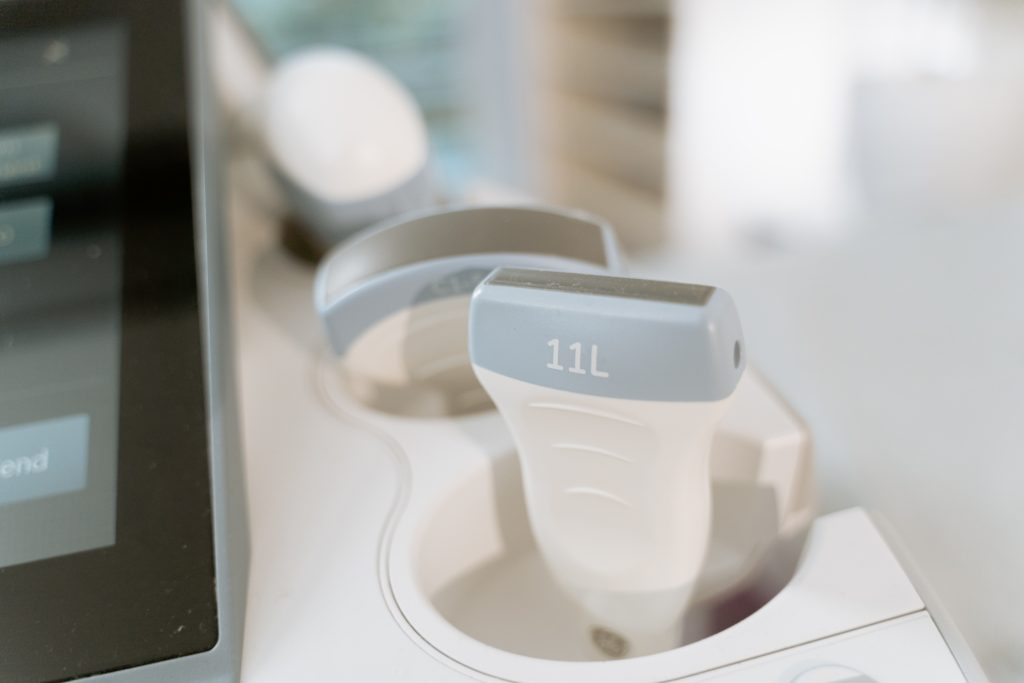
To get the best image clarity, the patient’s skin should be cleaned and dried to remove any oils or debris. These might interfere with the ultrasound waves. So much so that an alcohol wipe is sometimes used before adding the gel.
A generous amount of gel is then applied to the transducer head or the patient’s skin, depending on the procedure. Then the transducer is placed on the gel and the examination /therapy begins.
The operator would look for the muscles and other internal structures to complete his examination. They can also apply higher-frequency waves to promote healing and pain relief. After the process, any excess gel is simply wiped off either with a towel or even couch rolls.
Why Is Ultrasound Gel Cold?
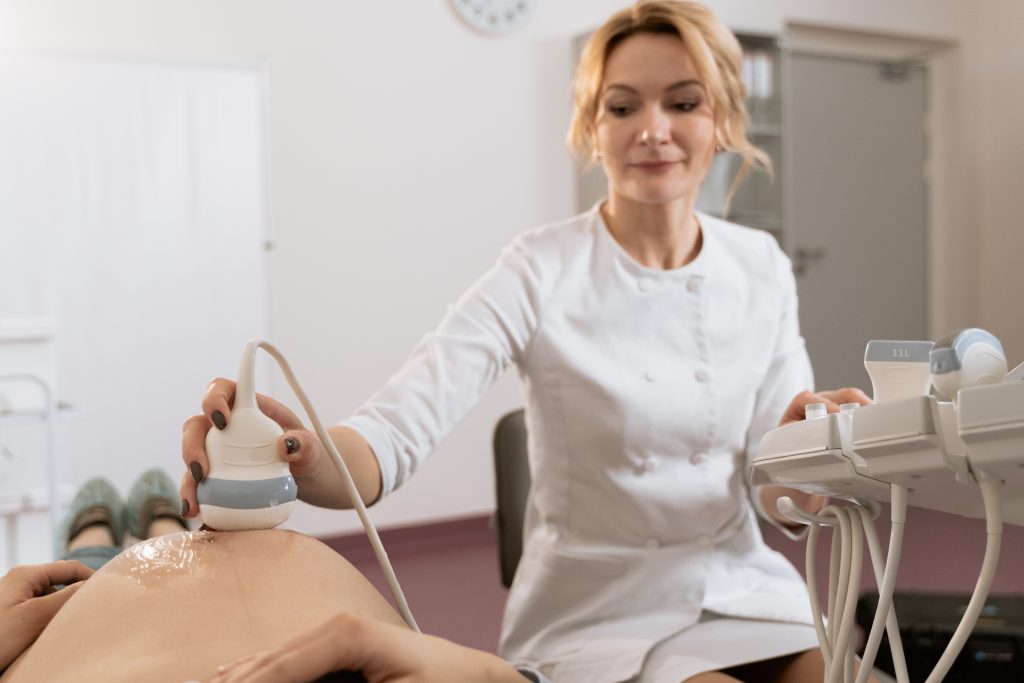
Well, a couple of reasons. One of them is the machine itself. They operate better at lower temperatures. So, naturally, the room might be colder, depending on the facility.
Another reason is its ingredients and the formulation of the gel. Since the gel is mostly water, it does evaporate, and substances like propylene glycol tend to have an indirect cooling effect. It’s a kind of alcohol, after all. Its main purpose is to keep the gel viscous as well. And it’s also a humectant, which means it helps retain moisture.
The water in the gel is trying to evaporate, but the alcohol prevents it. That, coupled with the presence of alcohol, contributes to its cooling effect.
Not all ultrasound gels are cold, even in those well-conditioned rooms, unlike cooling relief gels.
Some Common Questions We Get About Our Ultrasound Gels
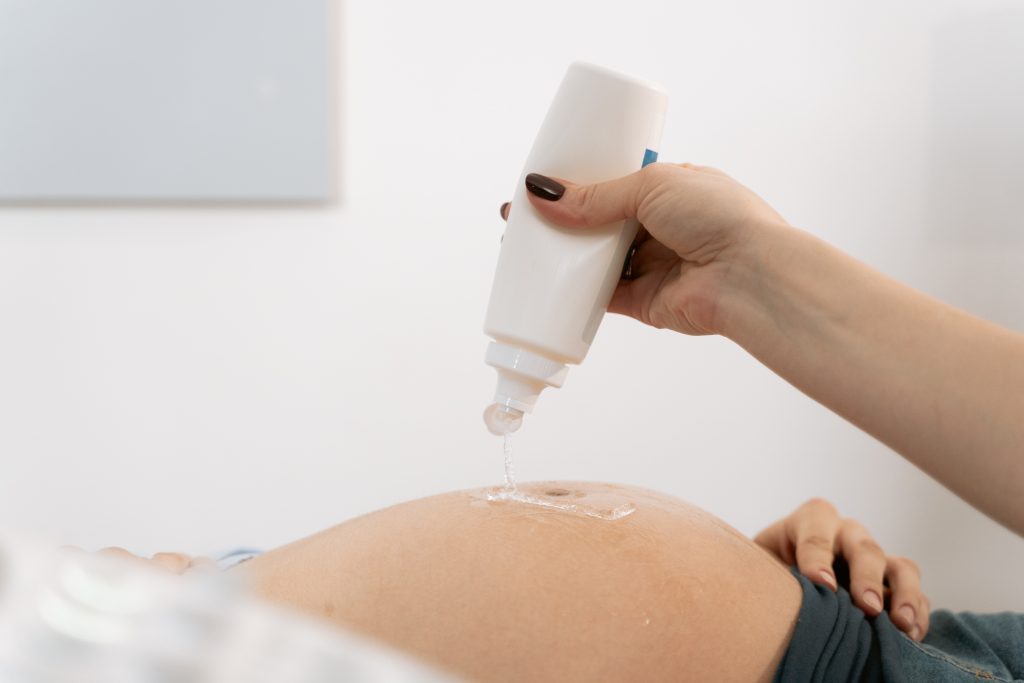
Can I use other alternatives instead of ultrasound gel?
Sure, but you might not get the same visual clarity. Some people have experimented with aloe vera gels, coconut oils, olive oils, and even lube. All of these options tend to give somewhat similar clarity.
Is ultrasound gel harmful if it comes into contact with the eyes or mouth?
Ultrasound gel is generally safe, but it is designed for external use on intact skin. If it accidentally comes into contact with the eyes or mouth, don’t worry. It is recommended to rinse thoroughly with water and seek medical advice if irritation occurs.
Can ultrasound gel be reused?
Strictly speaking, kinda? But should it? No, ultrasound gel should not be reused. Each patient should receive a fresh application of gel to maintain hygiene standards and prevent the risk of cross-contamination.
What kind of packaging does ultrasound gel come in?
The usual packaging that we provide is a 5-litre pack meant for use at clinics, physiotherapy centres and hospitals. In addition, we also provide both empty squeeze bottles, to fill the gel from your big packs, for easy use.
We also have pre-filled squeeze bottles, mostly at 250 mL sizes available as well. Though, these are not as cost-effective. We can arrange for single-use sterile ultrasound pouches for special orders, but it’s best to contact us for that.
In Conclusion
Ultrasound gel helped process medical imaging. It does this by having a clear and efficient transmission of sound waves to offer visual clarity on ultrasound devices. Just through this, in between the ultrasound transducer and the patient’s skin, we can help medical professionals. In turn, they provide better patient care for everyone.



